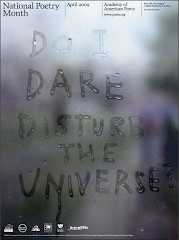Something that really stayed with me about Woolf's writing style was the fact that she was able to get into the brains of not just one, but all of her characters. She was definitely an omnipresent narrator with a twist. Sometimes it was difficult to tell who was doing the thinking in Mrs. Dalloway. I respect Michael Cunningham for attributed this stylistic choice to The Hours. I am also pleased that he was able to make the choice in a clearer fashion. I didn't have to pause to think about whose thoughts I was reading about when reading The Hours.
Obviously, there are some pretty apparent examples of this throughout the text. He has broken up the book into Mrs. Dalloway's, Mrs's Woolf's, and Mrs. Brown's separate stories. The book is not a continuous narrative like Mrs. Dalloway. Woolf did not use any chapter segmentation in her novel. Cunningham also uses the idea of mutliple consciousnesses within each piece of narration as well. On page 160, we get to see what is going on in Clarissa's head, as well as Mary Krull's head.
"Briefly, while Julia's back is turned, Clarissa and Mary face each other. Fool, Mary thinks, though she struggles to remain charitable...Fraud, Clarissa thinks. You've fooled my daughter, but you don't fool me..." (160).
This approach is also used in the conversation between Clarissa and Louis about their past relationship and the present. I remember Woolf using this approach in the scene between Peter and Clarissa in Mrs. Dalloway as well. It's definitely a point of view that I would like to work with in the future in my own writing. I think this thought may have to be present in my next paper! :)
-Megan R.
Subscribe to:
Post Comments (Atom)













...again, discerning...
ReplyDelete